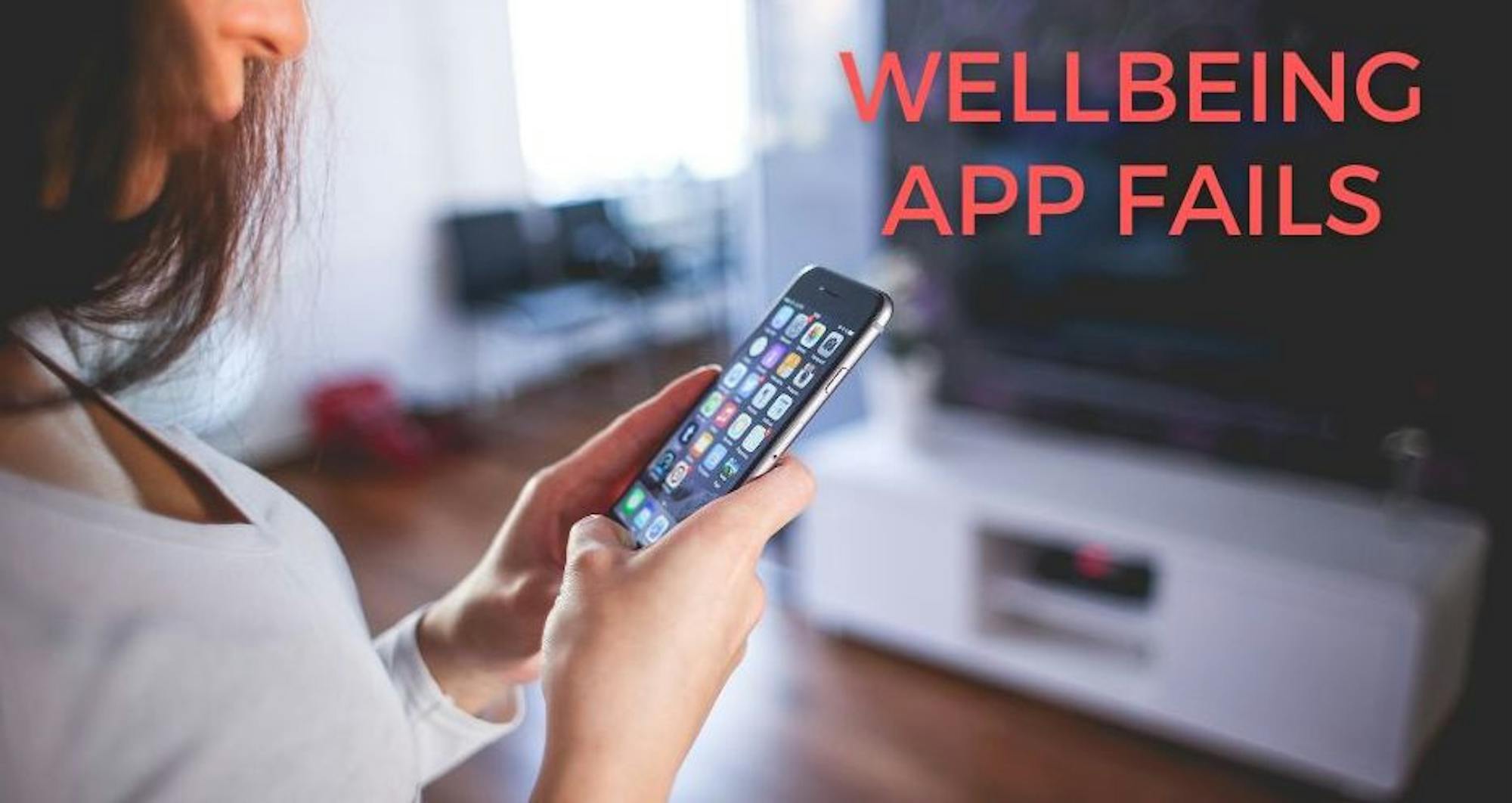
A new wellbeing app is launched within a company to great plaudits, and it’s going to ‘transform’ wellbeing in the organisation.
Twelve months later the app is not used and not spoken of. Its impact - if any - is unknown, and unmeasured - apart from perhaps the number of times the app was opened and what people clicked on.
Sound familiar?
If it does sound familiar that’s because it is a common story in workplaces around the globe over the past decade. In the well-meaning interest of ‘doing something’ about mental wellbeing and psychosocial hazards, one of the many thousands of wellbeing apps was launched. But when it inevitably failed to have a real impact, the organisation ends up back at square one.
How can you solve a problem you haven’t measured?
There are a myriad of reasons (some of which are canvassed nicely in this article by U.S. based licensed counselor Dan Smith) why the ‘first generation’ of wellbeing apps have not delivered true, quantifiable outcomes for workplaces. Perhaps the most significant in my opinion is because these apps jump straight into offering a “solution” to an unmeasured and unknown problem.
In any field of medicine or support - even in the field of sub-clinical advice - the first step to helping a person or group of people should be to quantify and understand the issues that are present, before you try to recommend a solution.
This is where businesses go wrong. Purchasing software to solve a problem, before you even know what the problem is, is problematic!
By not identifying or quantifying the actual issues it essentially guarantees you will struggle to deliver any impact because you have no data for a baseline, and therefore no data to show what you are improving. Generating data about only interactions or clicks is meaningless.
Taking a measured approach
In collaboration with the New Zealand Government’s Accident Compensation Corporation (ACC), SaferMe has developed a tool called Safety Snap which measures psychosocial hazards inside your business.
The tool uses an evidence based approach to measure and quantify psychological and social hazards - which means you can do three things:
1) Understand the profile of the psychosocial issues present and the level to which they’re impacting workers
2) Enable a targeted approach to solving real problems
3) Keep measuring to understand the impact of interventions you make
With this approach you will not only derive valuable insights, you can also measure the impact of actions you take to resolve challenges. Improvements will deliver a return on investment through reductions in absenteeism, presenteeism, worker turnover, plus accidents and injuries.
Read more about Safety Snap and book a free demo.
Subscribe below to get future posts from SaferMe
We send out emails once a month. We won't share your email with anyone.